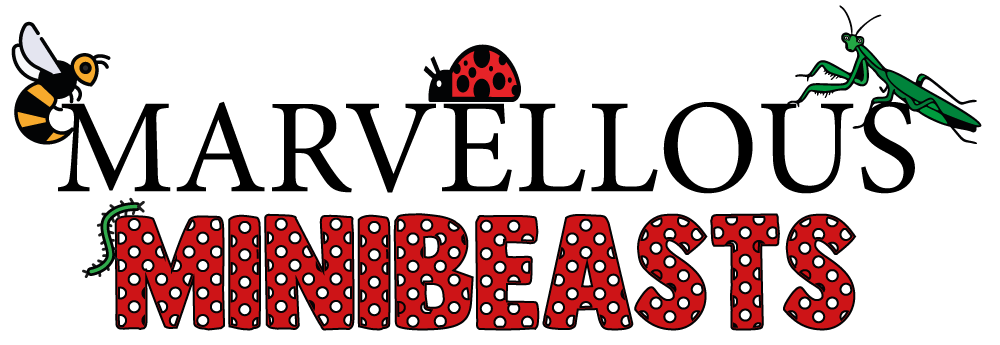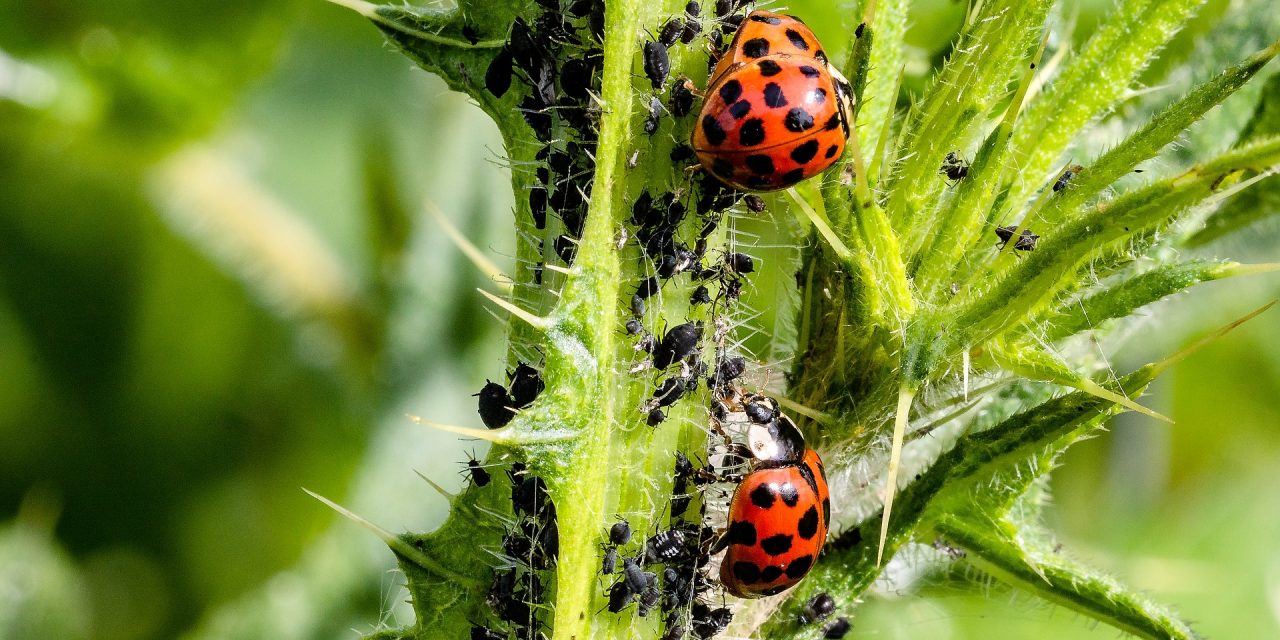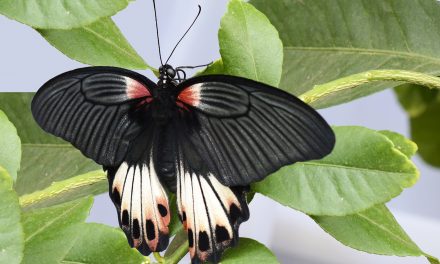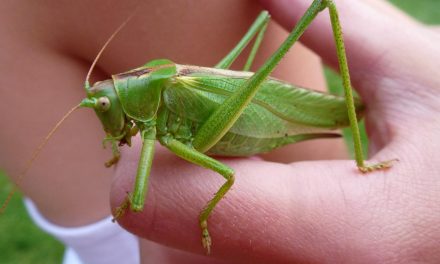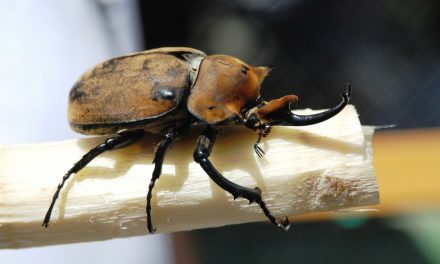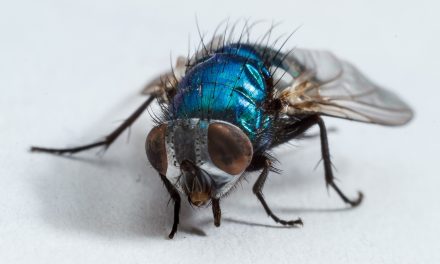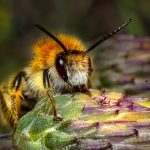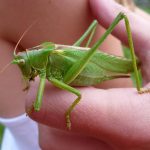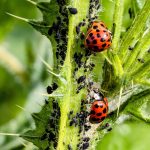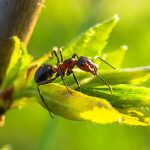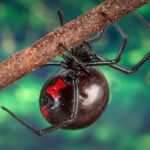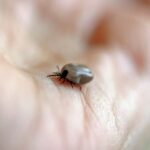Insects play a crucial role in agriculture. While some insects can be helpful, others can be harmful to crops. It’s important to understand the impact of insects on crops to ensure their health and productivity. In this article, we will explore the role of insects in agriculture and discuss the different ways they can help or hurt crops.
The helpful insects
Beneficial insects such as bees, butterflies, and ladybirds play a critical role in pollinating crops. Pollination is the process by which pollen is transferred from the male parts of a flower to the female parts, allowing the flower to produce seeds. Without pollinators like bees and butterflies, many of our crops would not be able to reproduce.
In addition to pollinators, predatory insects like praying mantises and ladybirds help control pests that damage crops. These insects prey on harmful insects, such as aphids and caterpillars, which can damage crops. By controlling these pests, beneficial insects help ensure the health and productivity of crops.
The harmful insects
Harmful insects like aphids, caterpillars, and weevils can damage crops by consuming leaves, stems, and roots. They can also transmit diseases to crops, leading to reduced productivity or even crop failure. If not managed properly, pests can have a significant impact on crop yields.
Pest management strategies such as crop rotation and the use of pesticides can help protect crops from harmful insects. However, it’s important to use these methods responsibly and not overuse pesticides, which can harm beneficial insects and pollute the environment.
Maintaining a balance between beneficial and harmful insects is crucial to ensuring crop health. Overuse of pesticides can harm beneficial insects and upset the balance of the ecosystem.
The role of insects in sustainable agriculture
Sustainable agriculture practises can help promote a healthy balance of beneficial and harmful insects. Preserving natural habitats for insects is crucial for promoting biodiversity and supporting sustainable agriculture. By preserving natural areas and reducing habitat loss, we can create a healthy environment for insects to thrive.
Companion planting
Companion planting is a sustainable agriculture technique that involves planting different crops in close proximity to one another in order to benefit each other’s growth and health. This is based on the idea that certain plants have the ability to repel harmful insects, attract beneficial insects, or improve soil fertility.
One example of companion planting is growing marigolds alongside tomatoes. Marigolds contain natural insecticides that can help repel harmful pests like aphids, whiteflies, and nematodes that can damage tomato plants. Additionally, marigolds can attract beneficial insects like ladybirds and lacewings, which are natural predators of harmful pests.
Another example of companion planting is growing beans alongside corn. Beans are nitrogen-fixing plants, which means they can convert nitrogen from the air into a form that can be absorbed by the soil. Corn, on the other hand, requires a lot of nitrogen to grow. By planting beans alongside corn, the beans can provide the corn with the nitrogen it needs, while the corn provides the beans with support to climb up.
Companion planting can also involve intercropping, which is the practise of growing different crops together in the same field. For example, planting carrots, lettuce, and radishes together can create a mutually beneficial relationship. Carrots can help break up soil and improve soil structure, while lettuce and radishes can provide ground cover and shade to keep the soil moist and cool.
In addition to reducing the need for harmful pesticides, companion planting can also improve soil health and promote biodiversity. By diversifying crops and creating habitats for beneficial insects, companion planting can help support a healthy and sustainable ecosystem.
Integrated Pest Management
Integrated pest management (IPM) is a holistic approach to pest management that involves using a combination of methods to control pest populations, reduce pesticide use, and minimise environmental impact. IPM strategies may include cultural practises such as crop rotation and tillage, biological control using natural predators and parasitoids, and the use of insect-resistant crop varieties. By using a combination of approaches, farmers can reduce their reliance on pesticides and minimise the environmental impact of their farming practises.
The Importance of Biodiversity
Maintaining a healthy and diverse ecosystem is essential for sustainable agriculture. Biodiversity is the variety of living organisms in a given area, and it plays a vital role in maintaining ecosystem health. This includes providing natural pest control services and ensuring the availability of pollinators.
Insects are an integral part of biodiversity, and they play critical roles in supporting healthy ecosystems. As mentioned, some insects are natural predators of pests and can help control their populations. Other insects, like bees and butterflies, are essential for pollination, which is crucial for the growth and production of many crops.
Unfortunately, the loss of biodiversity, both in agricultural fields and in natural ecosystems, can lead to a decline in insect populations, including beneficial insects such as pollinators and natural predators of pests. This decline can have significant consequences for ecosystem health and agricultural productivity.
To promote biodiversity and support insect populations, farmers can take several steps. One way is to reduce the use of harmful pesticides and promote the use of natural pest control methods, such as planting flowers and shrubs that attract beneficial insects. Another way is to use crop rotation and cover crops, which can improve soil health and create habitat for beneficial insects.
Conserving natural habitats, such as hedgerows and wildflower meadows, can also support insect populations by providing food and shelter. Additionally, protecting natural ecosystems and promoting sustainable land use practises can help maintain biodiversity and support healthy insect populations.
Promoting Sustainable Agriculture
To support the health of our planet and the creatures that call it home, it’s important to promote sustainable farming practises that benefit insect populations. Farmers and policymakers can take several steps to achieve this.
- Reduce the use of harmful pesticides and promote the use of natural pest control methods, such as planting flowers and shrubs that attract beneficial insects.
- Conserve natural habitats, like wildflower meadows, which provide food and shelter for insects.
- Focus on creating productive and sustainable agricultural systems that promote biodiversity and ecosystem health. Agroecological practises, like crop rotation, cover cropping, and intercropping, can improve soil health, reduce the need for synthetic inputs, and create habitat for beneficial insects.
- Invest in research and innovation. For example, scientists are exploring new pest control methods, like biological control, that are less harmful to the environment.
- By Buying food from farmers who use sustainable practises, we can create demand for more environmentally responsible farming. We can also learn more about the importance of insects in our food system and the role they play in maintaining healthy ecosystems.
Promoting sustainable farming practises is crucial for supporting insect populations, protecting the environment, and ensuring food security for future generations. By working together, we can create a healthier and more sustainable food system for all.
Final thoughts
Insects play a critical role in agriculture, both as pollinators and as pests. Beneficial insects like bees and ladybirds help pollinate crops and control harmful pests, while harmful insects like aphids and caterpillars can damage crops and reduce yields. Sustainable agriculture practises can help promote a healthy balance of beneficial and harmful insects, reducing the need for harmful pesticides and promoting a healthy ecosystem. By understanding the role of insects in agriculture, we can ensure the health and productivity of our crops for years to come.
